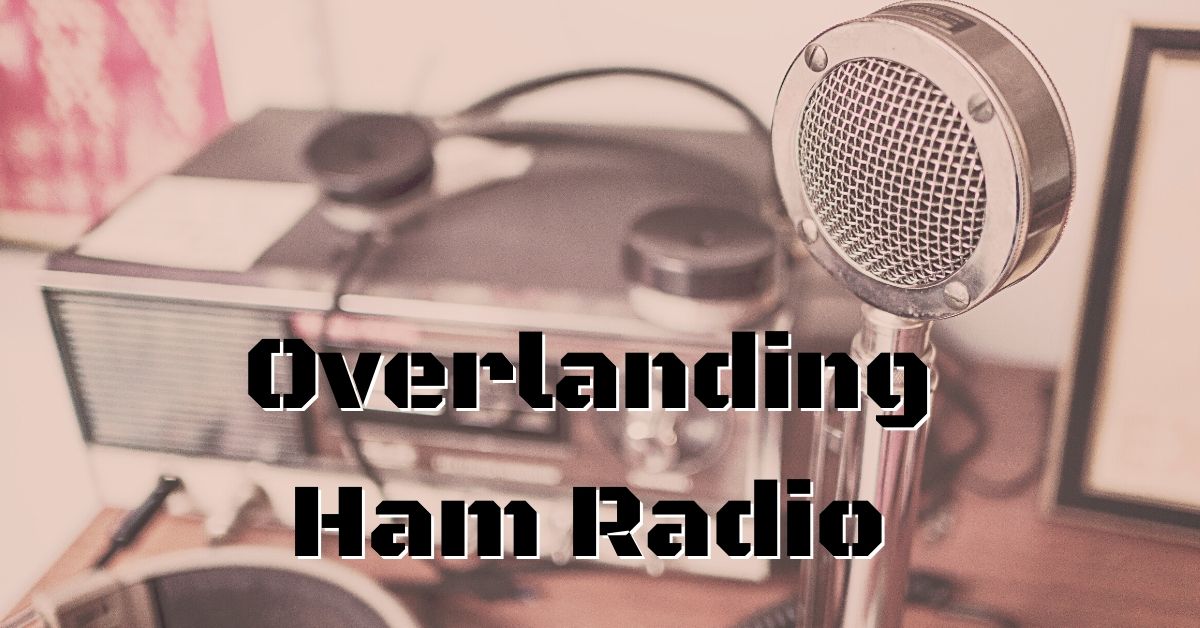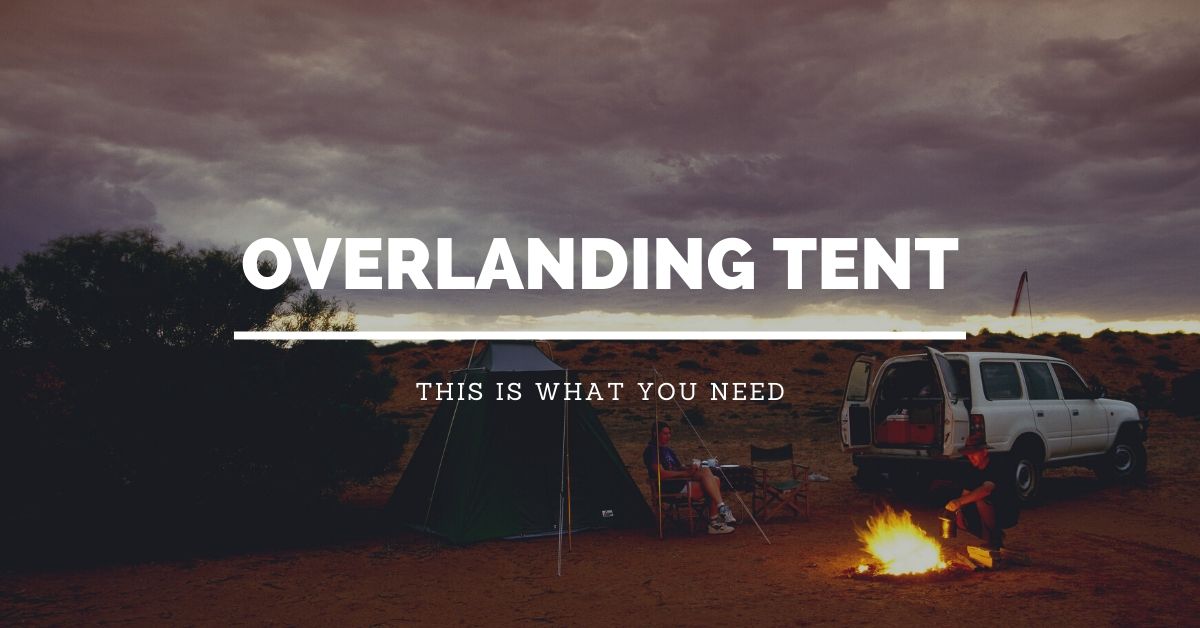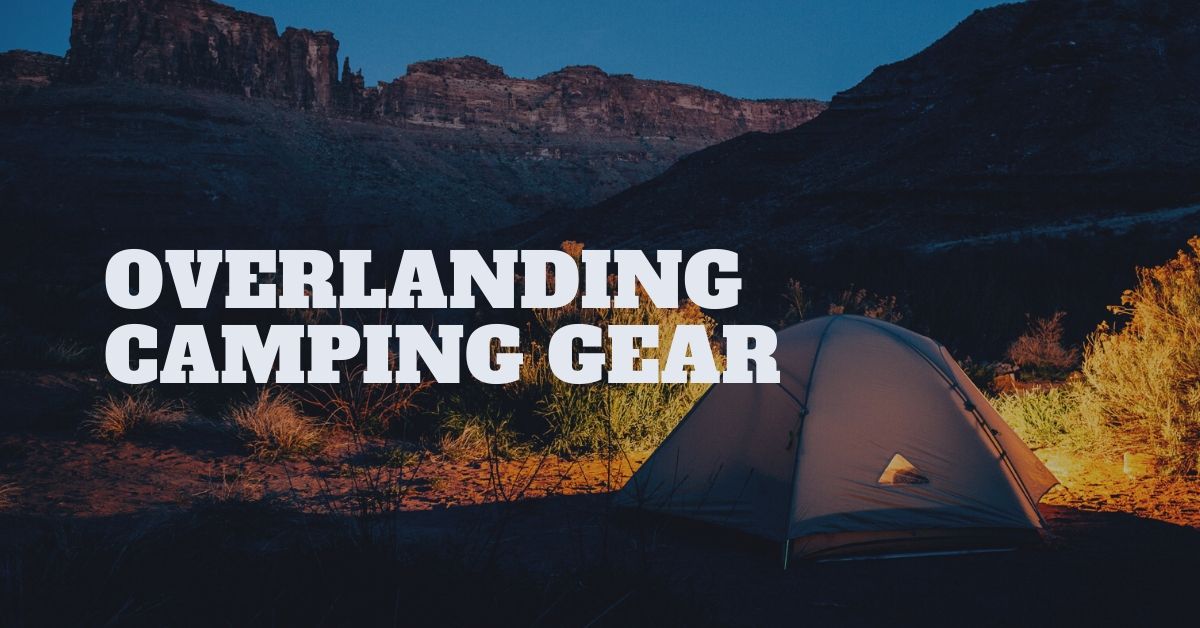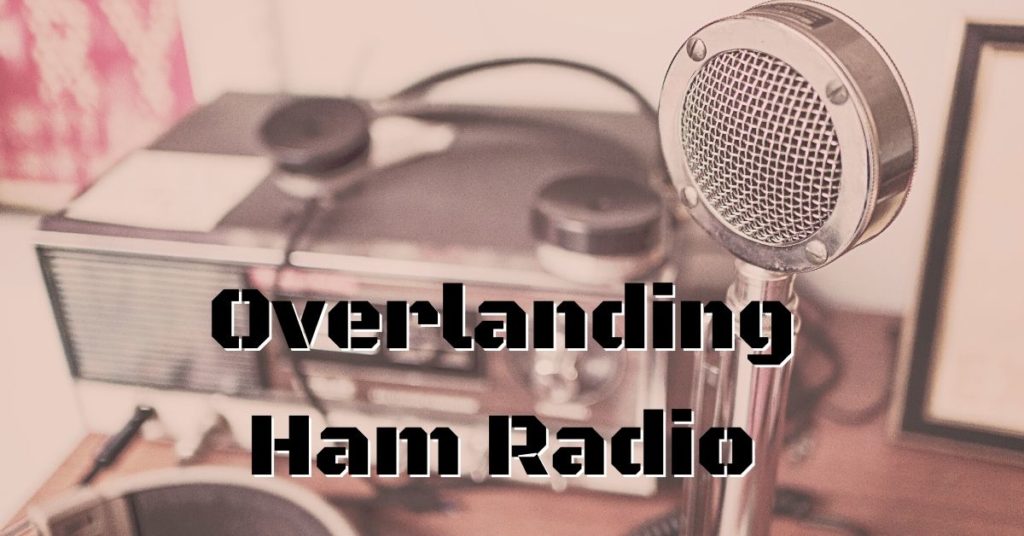
The Ham or amature radio is a powerful communication device for when traditional cell reception is not feasible or practical. Ham radio operation requires a licence from the FCC. While not an insurmountable obstacle, it does require study and a formal examination.
Ham radios can be as small as the tiny Baofeng programmable transceivers that are only $30 on Amazon, to large operations with multiple electronic bays, towering antennae, and a significant dedication to the science and practice of Ham radio.
Before one jumps into Ham radio for overlanding, the usual first steps are to exhaust the potential of the family radio system or FRS, citizen band or CB radio, and of course the ubiquitous cell phone. Imaging moving from a weak AA-battery powered line-of-sight half-watt transmission to 1500 watts of communication power that with a little understanding, can bounce across the clouds and from repeater to repeater potentially blanking a good chunk of the earth.
Listening to Ham radio requires no license, and Ham can be used unlicensed in an emergency, but without any formal training, even the simplest operation of a Ham radio might be impossible. That said, many in the overlanding community carry around a small Ham transceiver with little to know knowledge how to use it.
But assuming you are fully invested in adding Ham radio capabilities to your overlanding repertoire, there are plenty of helpful websites, local amateur radio clubs, and YouTube videos to help you on your way. Some folks who get the Ham bug dig in and plow through the learning and test, while others slowly pick away at it sometimes for years. What do they both have in common? They did it and have their Ham Radio Technicians License.
